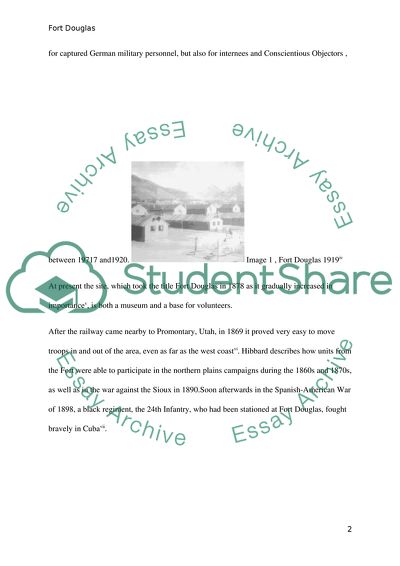Cite this document
(Utah State Capitol Building: Fort Douglas Case Study, n.d.)
Utah State Capitol Building: Fort Douglas Case Study. https://studentshare.org/history/1789329-utah-state-capitol-building-term-project
Utah State Capitol Building: Fort Douglas Case Study. https://studentshare.org/history/1789329-utah-state-capitol-building-term-project
(Utah State Capitol Building: Fort Douglas Case Study)
Utah State Capitol Building: Fort Douglas Case Study. https://studentshare.org/history/1789329-utah-state-capitol-building-term-project.
Utah State Capitol Building: Fort Douglas Case Study. https://studentshare.org/history/1789329-utah-state-capitol-building-term-project.
“Utah State Capitol Building: Fort Douglas Case Study”. https://studentshare.org/history/1789329-utah-state-capitol-building-term-project.


